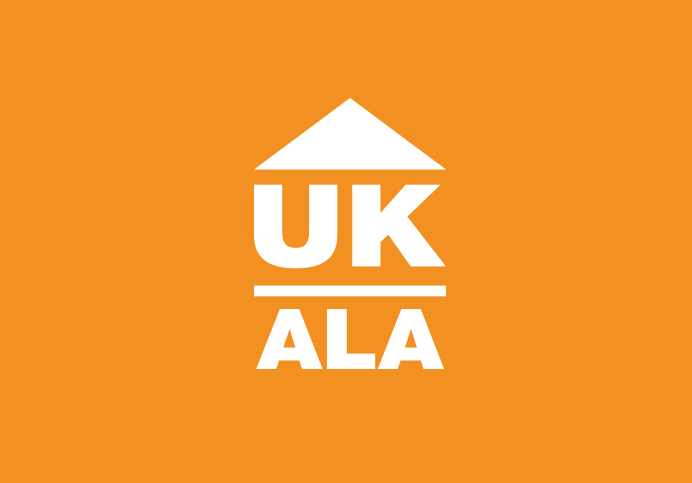
Repaying the deposit when one party has disappeared
No matter which scheme is being used, the release of the deposit is dependent on agreement from both landlord and tenant. There may be times when one side is not available to agree.
No matter which scheme is being used, the release of the deposit is dependent on agreement from both landlord and tenant. There may be times when one side is not available to agree.
Insurance based scheme
Under the insurance-based schemes the landlord will already hold the deposit so if the tenant is uncontactable he can notify the scheme that he wishes to unprotect the deposit. The scheme will contact the tenant at their last known address or the alternative address which they provided when the deposit was originally protected. If there is no response from the tenant the deposit will be released from protection. This does not remove the right of the tenant to contact the scheme to dispute all or part of the deposit.
If the landlord or agent has failed to respond to requests from the tenant for all or part of the deposit to be repaid the tenant can raise a dispute with the deposit protection scheme. The scheme will contact the landlord or agent at their last known address, giving them 10 days to respond. If they fail to respond, the scheme will advise the tenant to go through a default ADR procedure (without the landlord’s evidence being offered) or to go to court and obtain a court order against the landlord.
The landlord is likely to lose their membership of the insurance-based scheme as a result and will be forced to use the custodial scheme to protect their other deposits.
Custodial Scheme
Under the custodial scheme, if it has been at least 14 days since the tenancy ended and there is no resolution and no successful contact between landlord and tenant then either side can apply to the scheme to ask for the deposit to be released.
The application can only be made in one of two circumstances:
- either one side does not have a current contact address for the other; or
- one side has not responded within 14 days of receiving a written notice served by the other seeking agreement on how the deposit should be repaid.
The person who is applying for release of the deposit has to provide a declaration containing:
- the date that the tenancy ended
- the fact that there has been no resolution
- the basis for calculating the amount of the deposit that the person believes he is owed (including any evidence to support the calculations)
- any information that the person has for the other party’s whereabouts
- an agreement to use the alternative dispute resolution if the scheme manages to contact the other party and that party disputes the amount due
- a statutory declaration that if the person is making a false declaration he could be prosecuted for perjury
If the person is applying for release of the deposit because he does not have an up-to-date contact address for the other party, the declaration must include any contact address that the person does have for that party.
If the person is applying for release of the deposit because the other party has not responded to notices seeking agreement on repayment of the deposit, the declaration must include a copy of the notice and supporting evidence of the case.
When the scheme administrator receives the declaration they will pass it on to the other party together with a notice asking whether they agree with the proposal. The notice will also ask that person, if they don’t agree, to indicate how they believe it should be repaid and whether they agree to use ADR to resolve the dispute. Unless they specify otherwise, they will be taken to have agreed to ADR.
The other party has 14 days from receipt of the notice to respond to it. If they agree to the proposal the scheme will release the deposit as agreed. If they disagree with the proposals the disputed amount will be referred to ADR or the courts, depending on which method the parties have agreed to use, and the deposit will be released once a resolution has been reached.
If the scheme does not receive a response within 14 days it will arrange to release the deposit within the next 10 days.